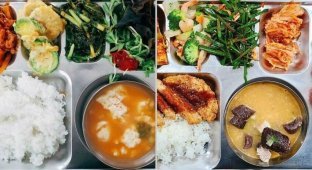Why do stores in South Korea sell a lot of dried fish (14 photos)
Once in South Korea, many are surprised to find a large amount of all kinds of dried fish on the shelves of local supermarkets and markets. Are Koreans really that big of her fans? 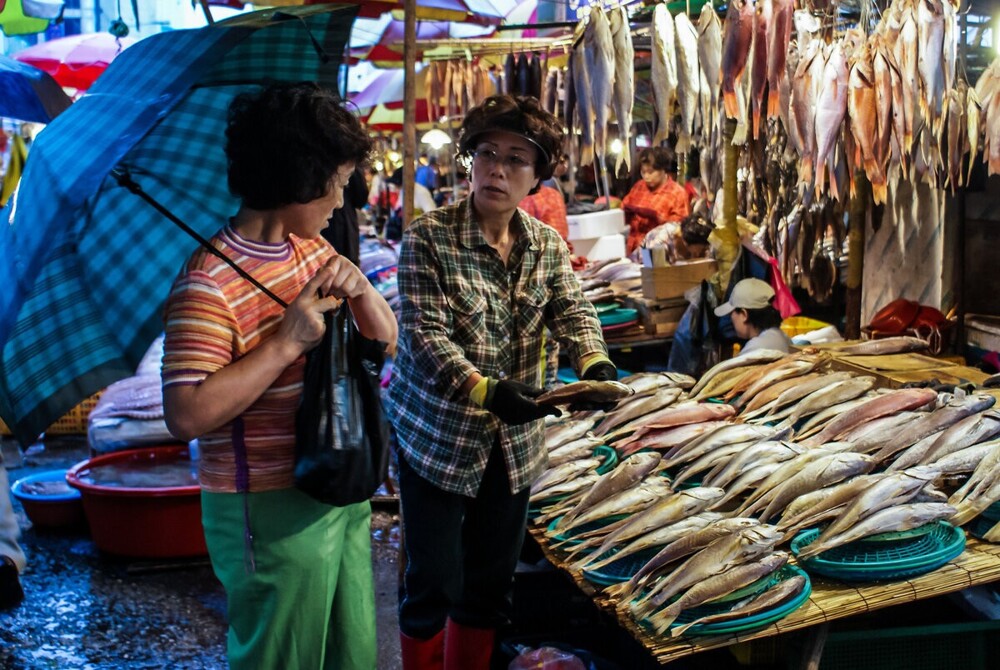
Well, fish and seafood are present in the diet of every Korean in one way or another, but calling them fans of fish products would not be entirely correct. Residents of the country of morning freshness still prefer meat, especially pork and beef. But why, given this circumstance, a wide variety of dried and dried fish is presented on the shelves of Korean stores, you will find out further. 
In general, in Ancient Korea, meat was considered a particularly valuable product, which was an integral part of traditional Korean cuisine. Official sources even contain information confirming this fact. 
So, according to them, in the 2nd century BC. In Korea, there was an ancient state called Buyeo, whose officials were mostly involved in breeding livestock: pigs, horses and dogs. So these officials were in no way inferior in importance to royalty and enjoyed honor and respect among the local population. And all thanks to meat... 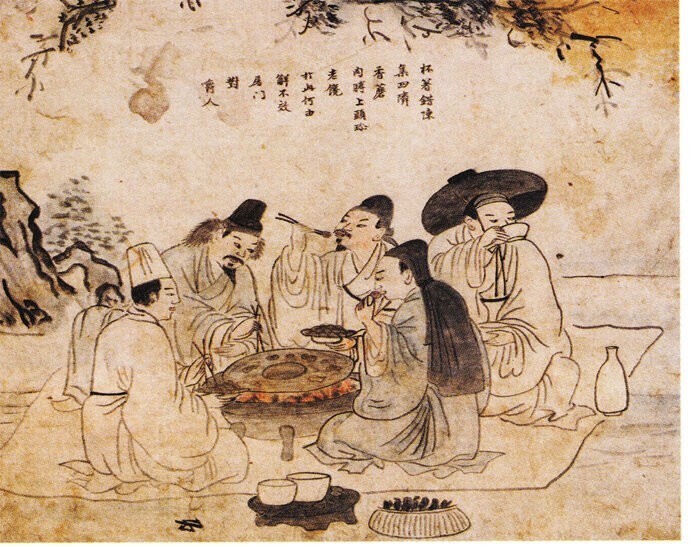
Everything changed with the arrival of Buddhism on the Korean Peninsula, which was based on the rejection of meat and meat products. Numerous followers of Buddhism were forced to turn their attention to plant foods, but often indulged in fish and seafood dishes. And this is not surprising, because in moments of lack of meat, it was fish that became the main source of animal protein for Koreans. 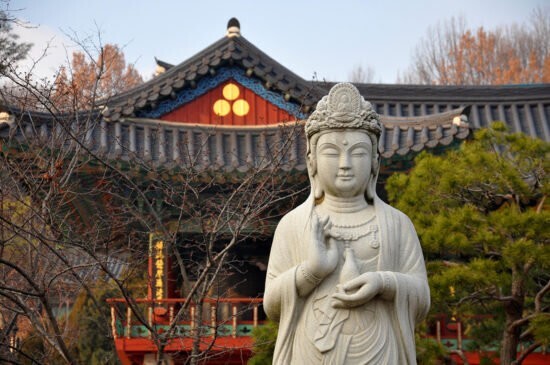
Therefore, when meat returned to the daily diet of the inhabitants of the country of morning freshness, and this happened in the 13th century, during the period of regular Mongol raids on the Korean state of Joseon (which, in fact, weakened the religious ban on eating meat), Koreans refused to give up the already beloved fish didn't want to. Moreover, this product was available to the majority of the population (unlike scarce meat), and in terms of its beneficial properties it was hardly inferior in any way to its meat alternative. 
In modern Korea, fish is still popular and in demand - both sea and freshwater. It is served raw, fried, in soups and stews; The fish is often grilled and fried in a frying pan whole or in pieces - this appetizer is called "Chon". And, of course, fish is dried or dried, but not only to enjoy the unique taste of dried fish. It's all about simple savings. 
The main problem that South Korean citizens face every day is the incredible high cost of food, and, first of all, this concerns fresh meat and fish, and their short shelf life. That is why the Koreans came up with the idea of drying fish naturally in order to extend the “life” of the product and, accordingly, save on buying a new one. 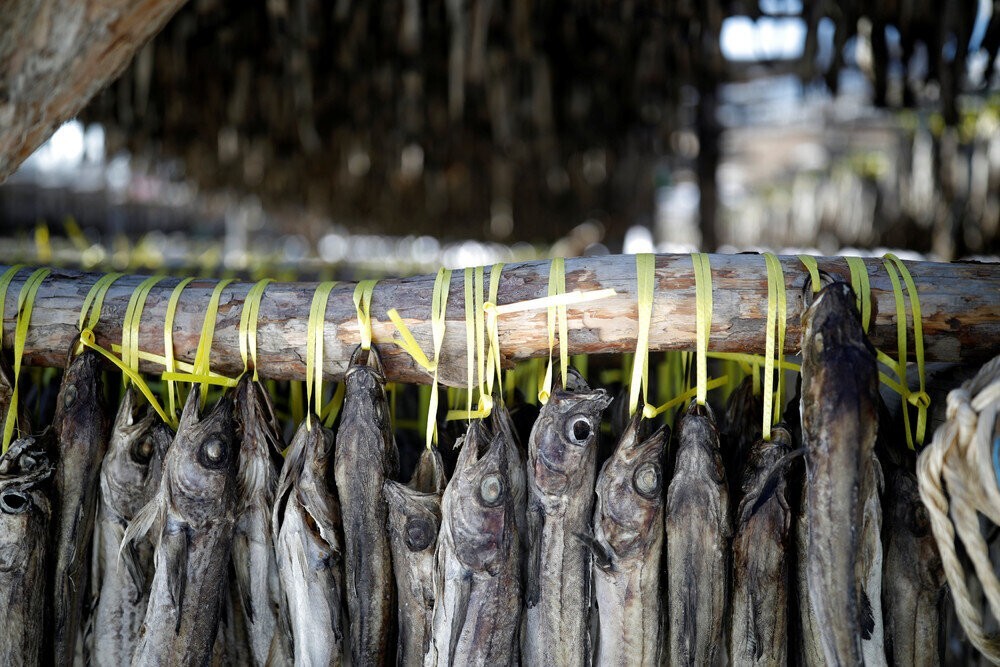
They usually dry pollock, croaker and anchovies. The latter, by the way, together with seaweed, often form the basis of Korean soups and are an ingredient in countless traditional dishes. Among seafood, squid, octopus, cuttlefish and shrimp are usually dried. 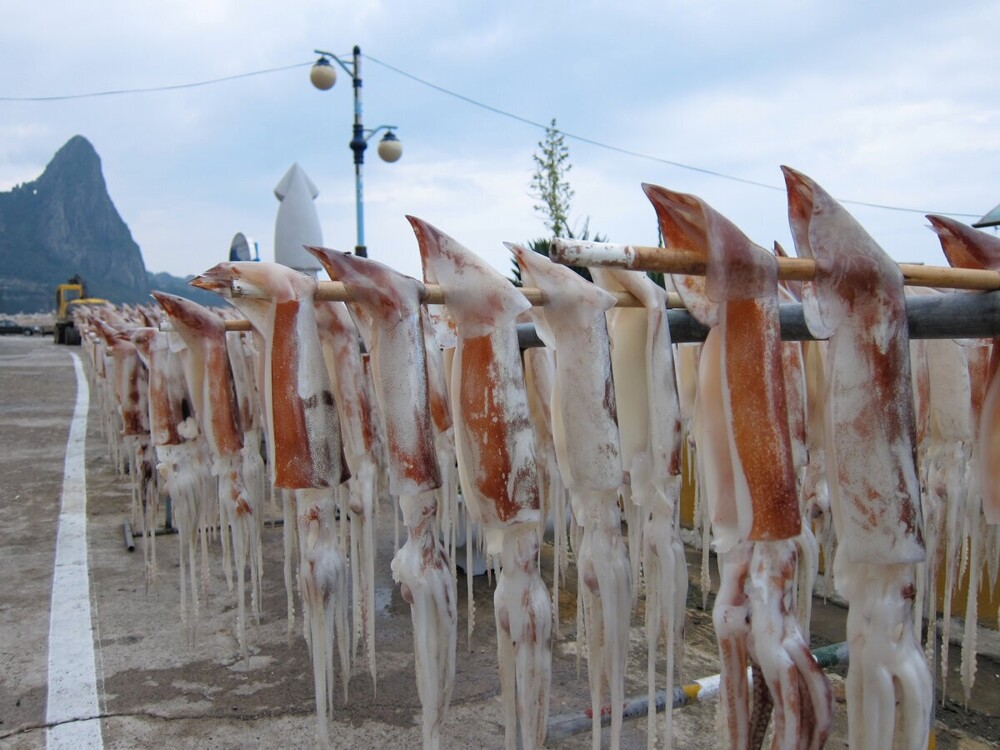
In general, this method of storing fish allows Koreans to enjoy their favorite dishes at any time of the day or night without compromising their budget, since the dried product retains all its taste and benefits. Simple enough... What did the advertisement say? Just add water, and in the case of Koreans, broth and bright spices, and voila - a complete fish dish is ready! 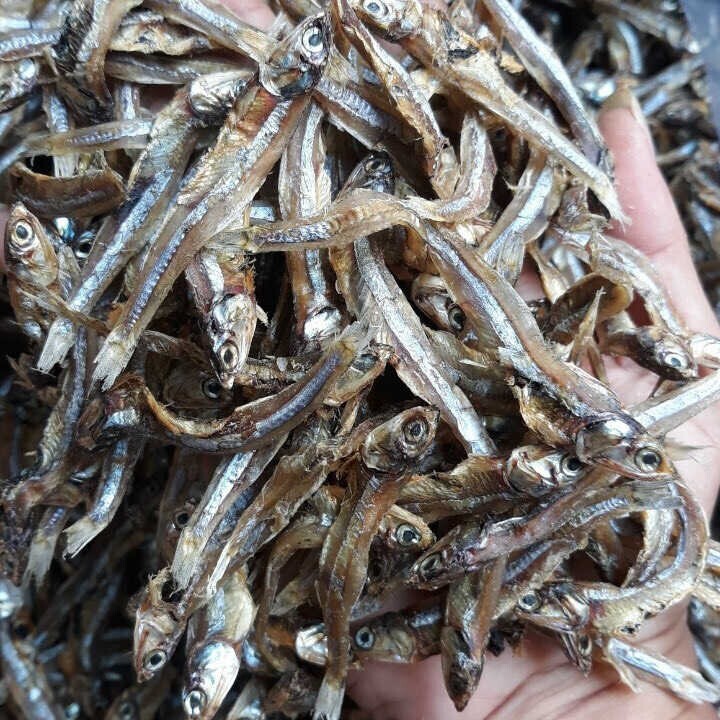
The benefits of dried fish are confirmed by numerous studies, but this fact is most clearly evidenced by the life expectancy of people withthe opportunity to eat fish every day and in sufficient quantity. In South Korea alone, the average life expectancy for men is 80.3 and for women 86 years, which is significantly higher than in other countries. 
Dried fish helps prevent the development of cancer (due to its high Omega-3 content) and Alzheimer's disease; reduces the risk of depressive conditions, since the acids contained in fish improve the functioning of the human nervous system and practically minimize the risk of heart attack and stroke. 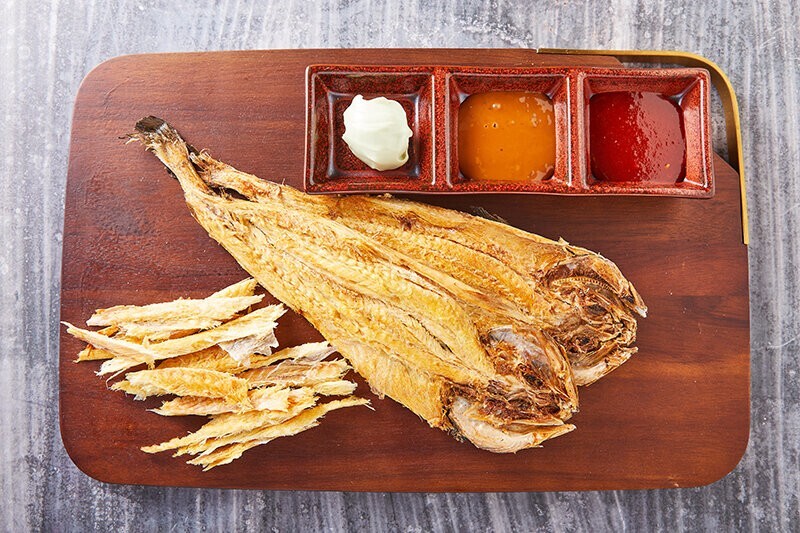
Interesting fact. In South Korea, dried fish and seafood can indeed be bought in absolutely any grocery store or market, but finding salted, and even more so dried and salted fish can sometimes be very difficult. The thing is that in Korean cuisine, in principle, it is not customary to salt foods. Marinating with different sauces and spices is yes, but salting is no. Therefore, if foreign travelers in Korea want to try dried and always salted fish, they will be greatly disappointed. 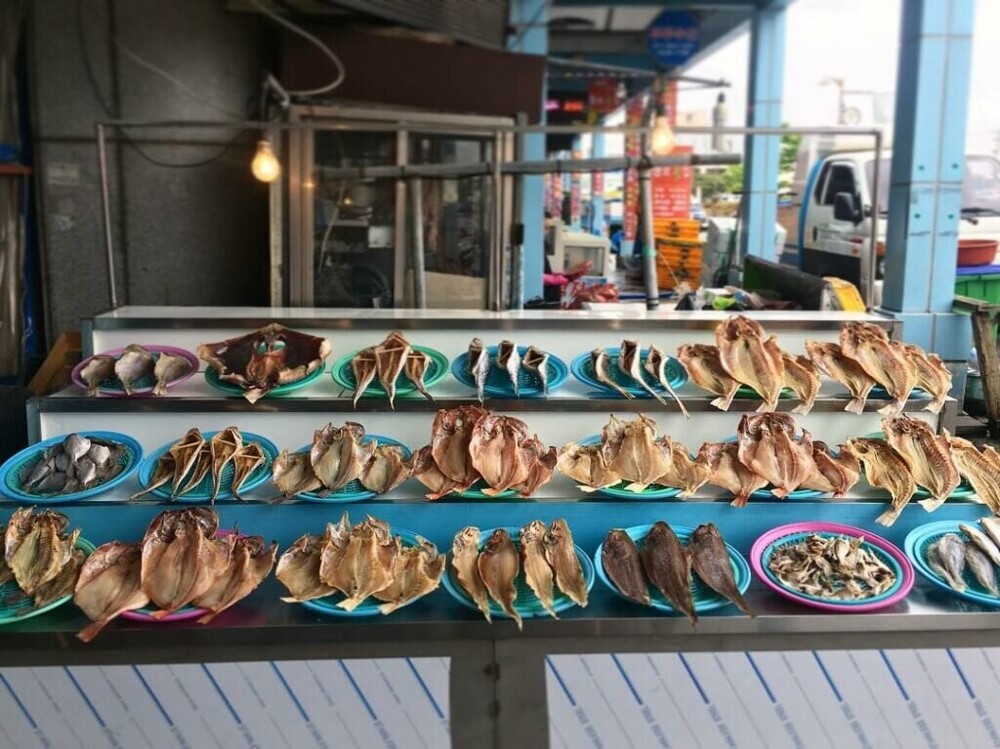
In the land of morning freshness, dried and dried seafood is more of a semi-finished product or a component of one or another dish, which also helps, besides, it’s a good idea to save on purchasing food, but still have fish in your diet on a regular basis. 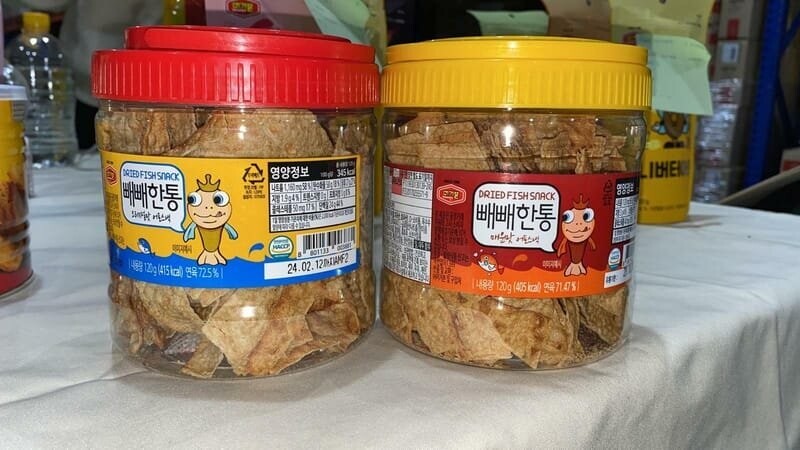
Dried fish snack












